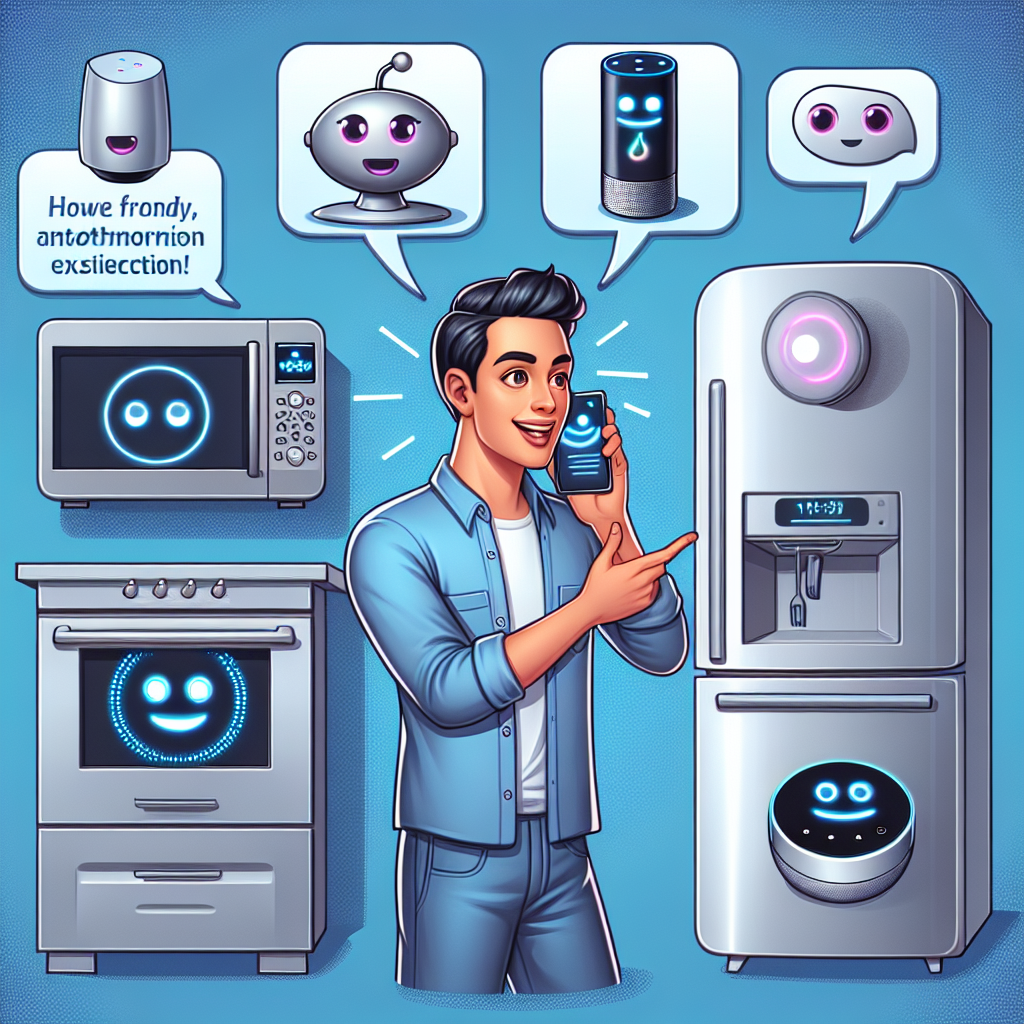Remember when building a tech solution meant needing a computer science degree or hiring expensive developers? Those days are quickly becoming ancient history thanks to low-code platforms that are revolutionizing how we approach technology creation. These powerful tools are truly democratizing access to AI and app development, putting the power of creation into everyone’s hands—not just those who can write complex code.
Empowering Entrepreneurs with Low-Code Platforms
For individual entrepreneurs with brilliant ideas but limited technical skills, low-code platforms offer a bridge from concept to reality. Imagine being able to transform your business vision into a functioning AI solution over a weekend instead of spending months learning to code or draining your savings on development costs. That’s the game-changing promise of these accessible platforms.
Transforming Small Businesses with AI Applications
Small businesses and startups are perhaps benefiting the most from this technological revolution. With tight budgets and competitive markets, the ability to quickly build customized AI applications that streamline operations gives these organizations a fighting chance against larger competitors. One bakery owner I spoke with created an inventory management system with AI-powered forecasting—something that would have cost tens of thousands of dollars just a few years ago—using a low-code platform in just two weeks.
“I never thought I’d be able to build my own tech solution,” says Jamie, a freelance graphic designer who created a client management AI tool. “The drag-and-drop interface made it possible for me to automate my entire client onboarding process without writing a single line of code.”
Even those with minimal technical background can now participate in the AI revolution. These platforms typically offer intuitive interfaces, pre-built templates, and visual workflows that transform complex coding tasks into simple, logical steps anyone can follow. The focus shifts from “How do I code this?” to “What problem am I solving?”—putting the emphasis back where it belongs: on innovation rather than implementation.
This accessibility marks a profound shift in who gets to participate in technological advancement. By removing the steep learning curve of traditional development, low-code platforms are giving everyone a chance to build their dream tech, turning ideas into tangible AI solutions that can transform businesses and lives.
Intelligent Collaboration through Low-Code Platforms
The real magic of low-code platforms lies in how they foster intelligent collaboration and innovation. These platforms aren’t just about making creation easier for individuals—they’re transforming how entire teams and industries collaborate to solve complex problems using AI technology.
Within these collaborative environments, customizable AI digital workers are revolutionizing workflow automation across industries. A manufacturing company in Michigan implemented digital workers through a low-code platform to monitor equipment performance, predict maintenance needs, and automatically schedule repairs—all without hiring a single developer. This type of industry-specific automation allows organizations to redirect their human talent toward strategic thinking and growth initiatives rather than routine monitoring tasks.
“Once we implemented our AI workflows, our team spent 65% less time on data entry and report generation,” explains Sarah Chen, operations director at a healthcare startup. “That time is now invested in patient care improvements and service expansion—the work that actually grows our business.”
The collaborative aspect extends beyond internal teams. According to Gartner, by 2025, low-code development will account for more than 70% of application development activity, up from just 20% in 2020. This exponential growth is fueled by platforms that break down traditional barriers between IT departments and business units. When marketing teams can work directly with customizable AI tools to analyze customer data, or when finance departments can create their own automated reporting systems, the entire organization becomes more agile and responsive.
What’s particularly exciting is how low-code platforms are creating new ecosystems for sharing and monetizing AI creations. Many platforms now include marketplaces where users can publish their AI SaaS products for others to use, customize, or purchase. This creates virtuous cycles of innovation where one person’s solution becomes the foundation for someone else’s breakthrough application.
Take the case of a retired teacher who created a simple AI grading assistant on a low-code platform. After sharing it in a marketplace, other educators enhanced it with features for different subjects and age groups. Eventually, what started as a personal tool evolved into a comprehensive AI education suite used by thousands of teachers worldwide—generating a steady income for the original creator and all contributors.
“The marketplace model democratizes not just the creation of AI applications but also their distribution,” notes technology analyst Rei Takahashi. “We’re seeing a new generation of tech entrepreneurs emerge who might never have considered themselves developers but are now building viable businesses through these platforms.”
Collaborative Development and Sharing AI Products
These platforms also excel at facilitating version control and collaborative development. Teams can work simultaneously on different aspects of an AI solution, with built-in tools for discussion, feedback, and iteration. This collaborative approach ensures that the final product benefits from diverse perspectives and expertise, resulting in more robust and innovative solutions than what might emerge from a traditional development process.
The true power of low-code platforms for AI SaaS creation isn’t just in making development accessible—it’s in creating intelligent collaboration networks where ideas can flow freely, be rapidly prototyped, and quickly evolved through community contribution and refinement.
The Future of User-Friendly AI Tools
As we look toward the future, the evolution of AI tools is heading in a clear direction—becoming increasingly intuitive and user-friendly. This transformation is ushering in an era where technical expertise is no longer a barrier to entry for those who want to harness the power of artificial intelligence. Soon, interacting with AI will be as natural as having a conversation with a colleague, with systems that understand our needs and respond proactively to help us achieve our goals.
The shift from generative AI to agentic AI is particularly promising. These advanced systems won’t just wait for commands—they’ll anticipate needs, suggest solutions, and even take initiative when appropriate. Imagine AI digital workers that not only schedule your meetings but also prepare relevant materials, follow up with participants, and identify key action items without explicit instructions. This level of autonomy will make sophisticated technology accessible to everyone, regardless of their technical background.
“The democratization of AI is perhaps the most significant technological revolution of our time,” says Dr. Elena Martinez, AI ethics researcher. “When everyone can participate in creating and using these tools, we see innovation emerge from unexpected places, solving problems we didn’t even know existed.”
This accessibility will drive widespread adoption of autonomous systems across all aspects of life and work. From small business owners using AI to manage inventory and customer relations to healthcare providers implementing AI-powered diagnostic tools, the applications are limitless. The beauty of low-code platforms is that they put these capabilities within reach of those who understand the problems best—the people working in these fields every day.
Trust and accuracy remain crucial as these technologies become more integrated into our daily lives. The most effective low-code platforms are incorporating robust fact-checking and validation tools, allowing users to verify information and ensure accuracy. By connecting to calculators, databases, and trusted information sources, these platforms create a foundation of reliability that enables users to confidently build and deploy AI solutions.
At Zygote.AI, we believe this future isn’t just possible—it’s inevitable. Our commitment to creating User-Friendly AI Tools goes beyond simplifying interfaces; it’s about reimagining the relationship between humans and technology. We’re building a world where Workflow Automation doesn’t require an engineering degree, where Customizable AI Digital Workers adapt to your specific industry needs, and where innovation is limited only by imagination, not technical skill.
“The ultimate goal of our AI SaaS Creation Platform isn’t just to automate tasks,” explains a Zygote.AI product designer. “It’s to create fully automated workflows that transform how work gets done, freeing people to focus on what humans do best—creating, connecting, and solving complex problems that require emotional intelligence and creativity.”
The potential of this technology extends far beyond individual productivity gains. When everyone has access to powerful AI Agent Technology, we see the emergence of collective intelligence—communities solving problems together, building upon each other’s innovations, and creating solutions that would be impossible for any single person to develop alone.
As these platforms continue to evolve, we can expect to see increasingly sophisticated applications emerging from unexpected sources. The next revolutionary healthcare application might come from a nurse with firsthand knowledge of patient care challenges. The next breakthrough in sustainable energy might be developed by community activists using AI to analyze resource usage patterns.
By removing the technical barriers to creating AI applications, low-code platforms are essentially democratizing innovation itself. This isn’t just about making development easier—it’s about fundamentally changing who gets to participate in shaping our technological future.
The vision of Zygote.AI and similar pioneers in this space is a world where technology serves as a true equalizer—where good ideas can flourish regardless of one’s programming skill, educational background, or access to technical resources. In this future, Personal Use AI Products will be as customizable as they are powerful, and Sharing and Selling AI Products will create new entrepreneurial opportunities for people from all walks of life.
As we embrace this future of accessible AI creation, we’re not just building better software—we’re building a more inclusive technological ecosystem where everyone has a chance to contribute, innovate, and transform their world through the power of artificial intelligence. The coding confusion of yesterday is giving way to the AI solutions of tomorrow, and this time, everyone is invited to build their dreams.









